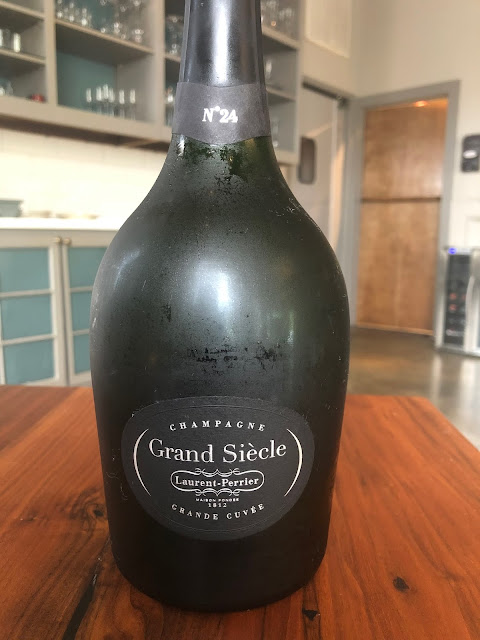Exploring Douro (Portugal)
Flowing down from the mountains of Spain and passing through Portugal to the Atlantic Ocean, it starts as the Ribera Del Duero and becomes Rio Douro when it crossses the border in the northeast corner of Portugal exiting at Porto, this mighty river is perhaps the key to Portugal's most famous wine region, Douro Denominação_de_Origem (DOC). Sometimes known as Alta Douro as the river cuts theough the mountains to form the Douro Valley, it is shielded from the coastal weather by the mountains that it cuts through. The weather here is best described as continental. The winters are cool with typical daytime highs around 5C and wet with rain on about one day in three. The summers are warm with near constant sunshine (typical highs run between 25 and 30C/ 77-86F) and very dry. During the summer months, there is just a sprinkling of rain a day or two every month. The wine style here is quite diverse. Once, the only wines exported off the Iberian peninsula from Douro were the f...
